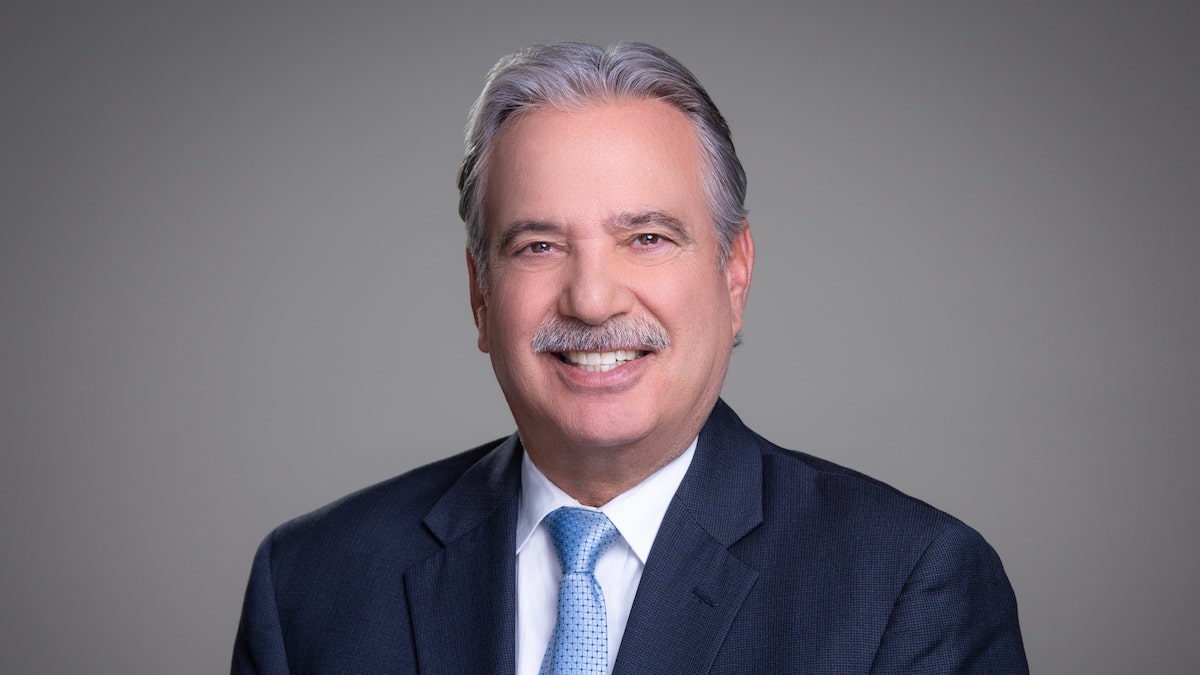Senate resolution upholds forward funding for CPB
The U.S. Senate passed a joint resolution Tuesday approving the blueprint for the $3.8 trillion 2016 federal budget that would preserve forward funding for CPB.
The 51-48 vote comes after the House of Representatives approved the same joint resolution last year. Specific appropriations will be hashed out in hearings. CPB’s appropriation is included in funding for labor, health, human services and education agencies.
Continuation of advance funding is key for the system, said Patrick Butler, president of the Association of Public Television Stations. CPB is forward-funded two years ahead of the annual congressional budget cycle, allowing public broadcasters to build a production pipeline and work to leverage the federal funding.
“This preserves our two-year advance funding, which was a major objective of ours,” Butler said. “We’ve had this advance funding since 1976, and this is good news for public broadcasters.”
CPB is currently forward-funded through 2017. Pubcasting’s representatives on Capitol Hill are now working to secure CPB appropriations for fiscal 2018.
Under the budget proposed by President Obama in February, CPB’s funding of $445 million would remain level for 2018.
The White House also recommended a $40 million appropriation to fund public TV’s next interconnection system. If approved by Congress, these federal monies would be available in fiscal 2016. The administration proposed additional appropriations through fiscal 2019, ranging from $50 million to $55 million annually, to support the costs of the new interconnection system, according to CPB officials.
President Obama also proposed flat funding for Ready To Learn, an educational media initiative aimed at at-risk children, which received $26 million this fiscal year. Previously, the White House has proposed eliminating Ready To Learn as a discrete line item in the Department of Education’s budget. Unlike CPB, Ready To Learn is not forward-funded.
Correction: This article has been revised to correct erroneous information about the Obama Administration’s proposal for CPB funding, which had been based on a chart included in the White House budget. The chart, which estimated the costs of maintaining current CPB operations through 2025 under projected rates of inflation, was a baseline projection, not a proposal to increase CPB funding.
Related stories from Current:






